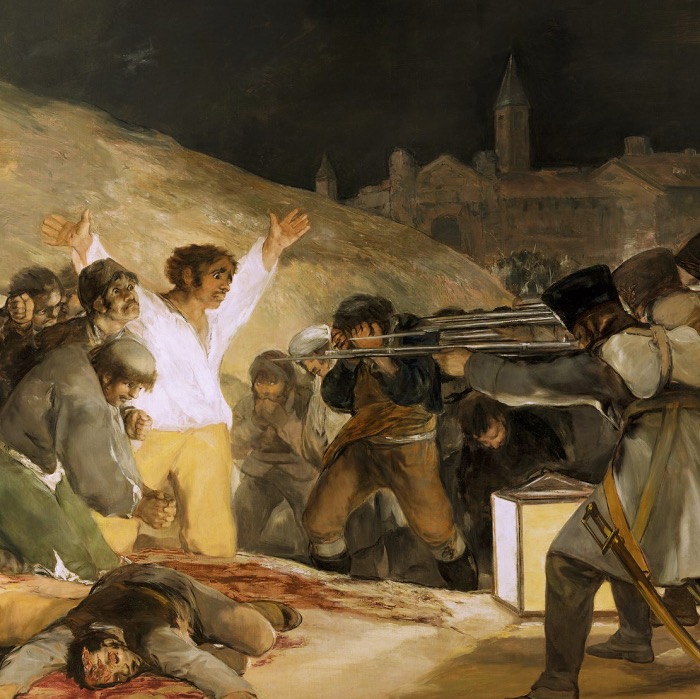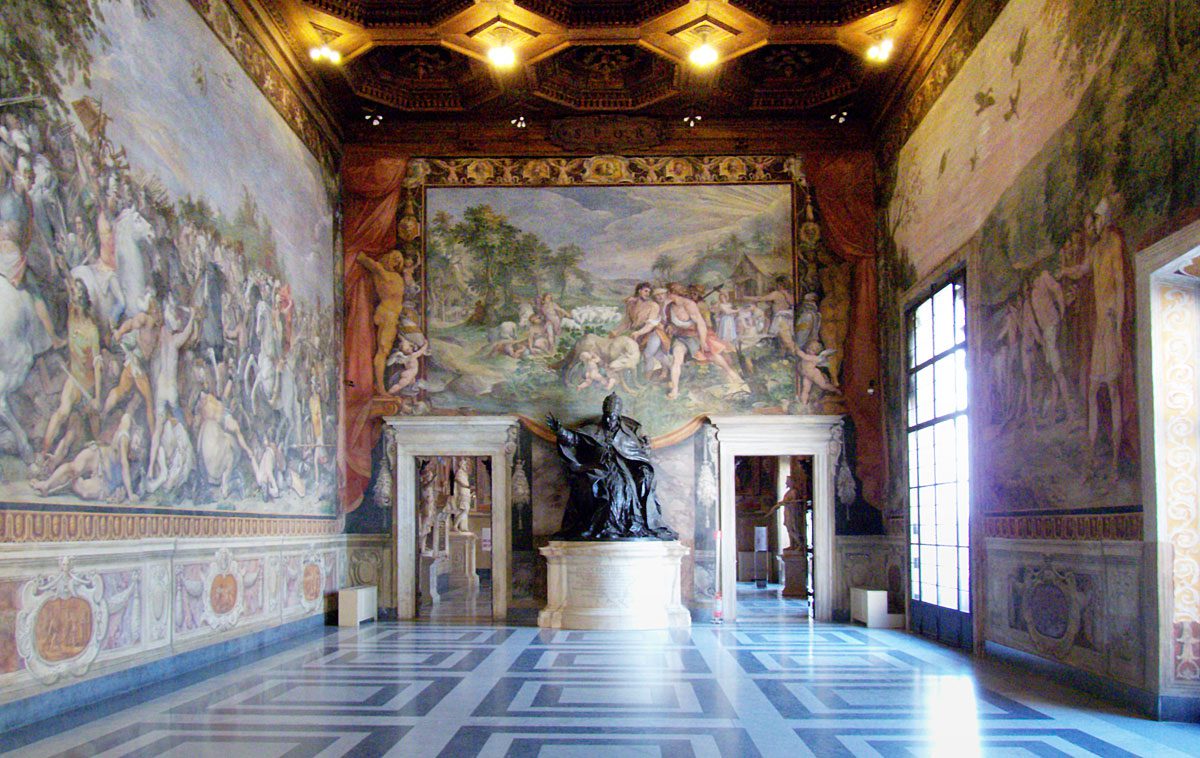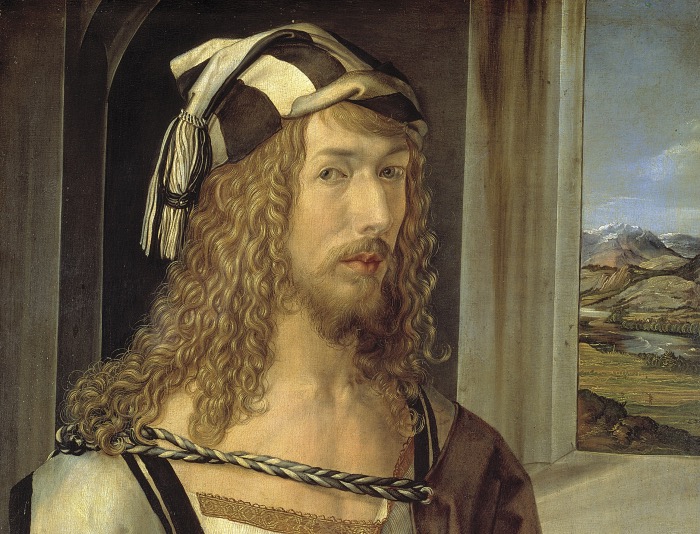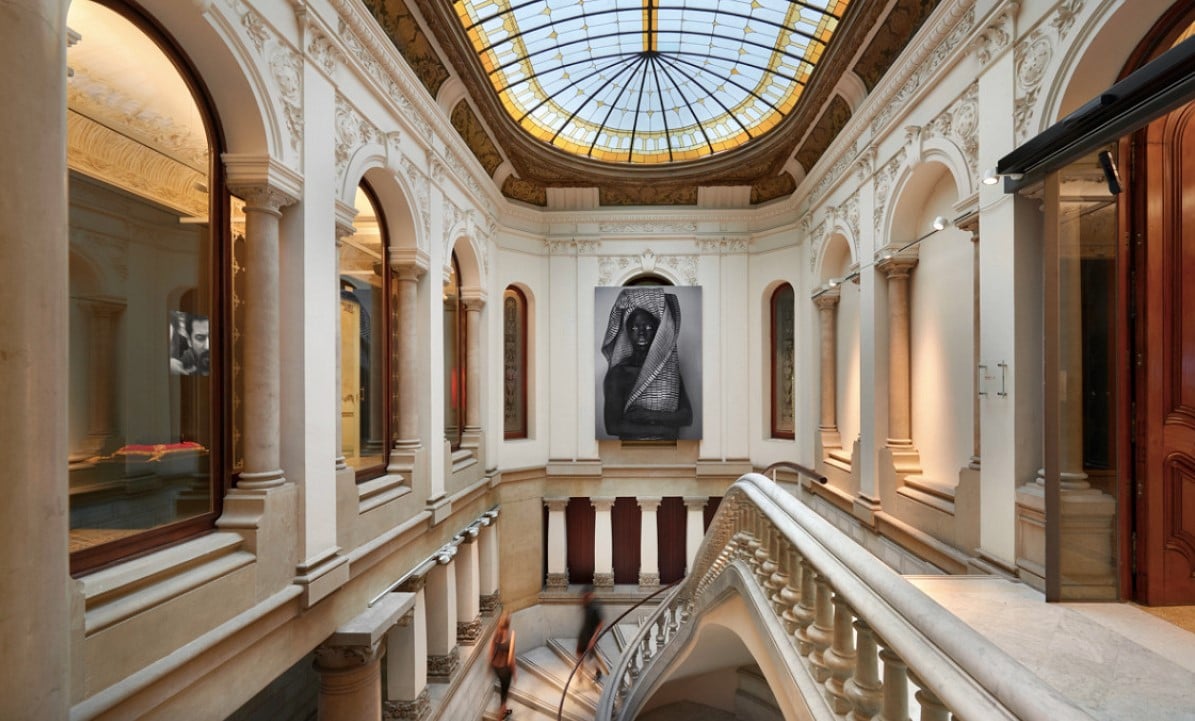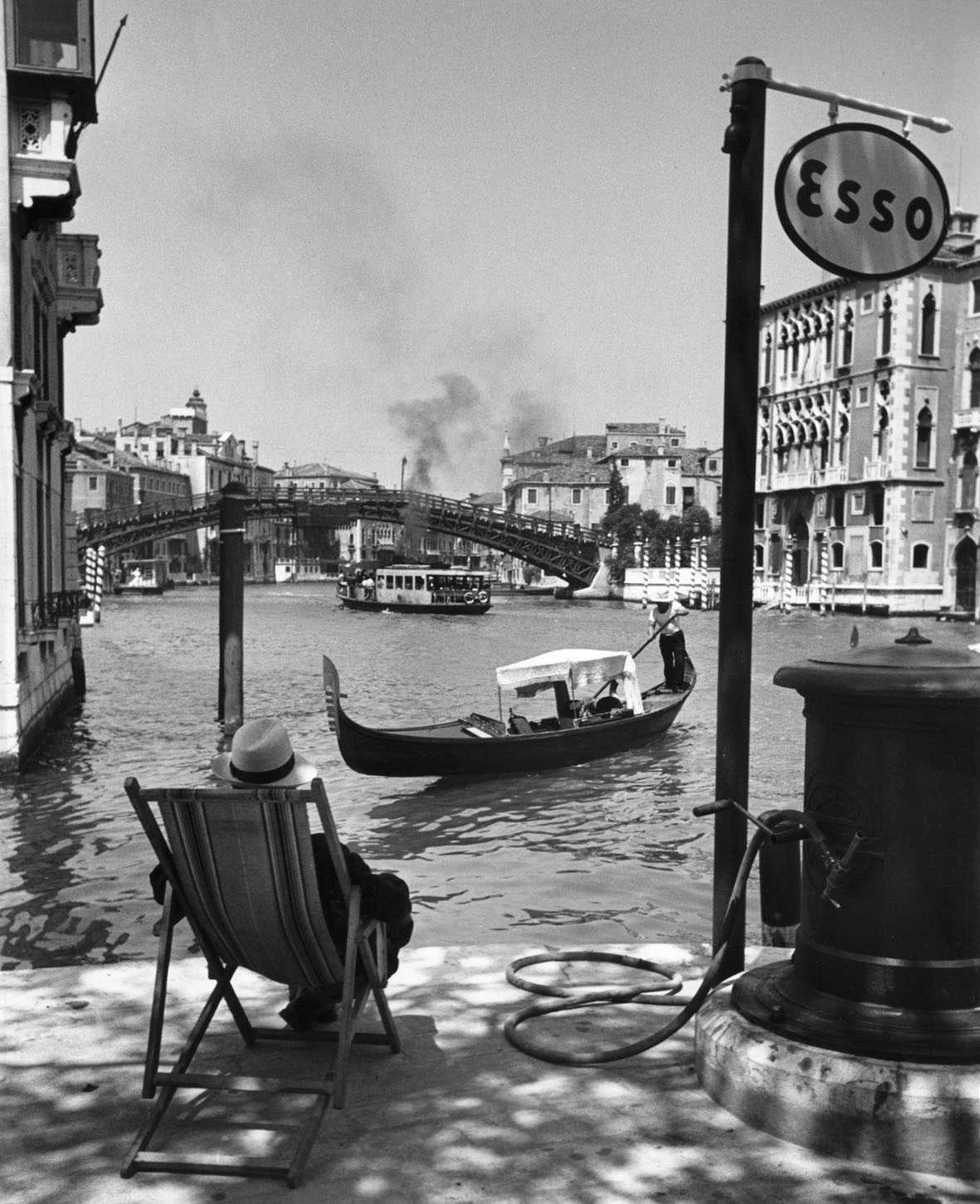
Venice, Italy, 1950 © David Seymour/Magnum Photos
Have you ever wondered who is the creator of the famous photograph taken in Venice, the one showing in an almost surreal way a gondolier arriving at an ‘Esso’ filling station on the Grand Canal?
This iconic work was taken by David Seymour, also known as ‘Chim’, back in 1950.
This image is part of a larger project that Seymour dedicated to post-war and reconstruction Europe, full of stories to tell. The life and works of David Seymour offer a fascinating look at the 20th century, through the eyes of a man who lived and documented some of the most significant moments in recent history.
In this post, I want you to discover Seymour, a man whose lens captured as much the beauty as the tragedies of his time.


